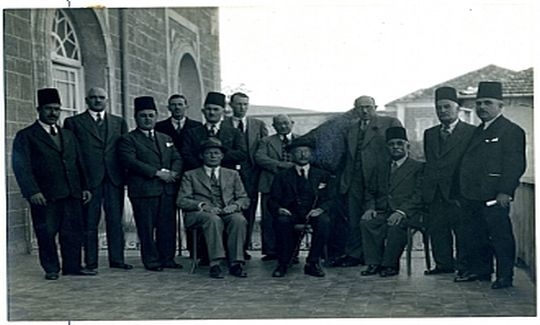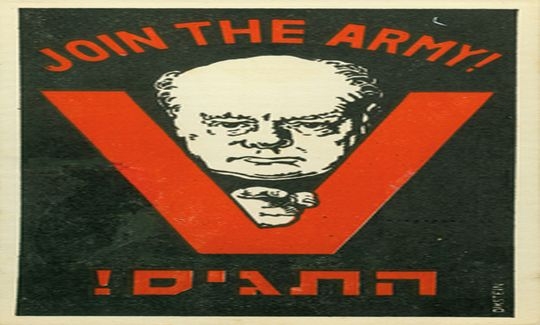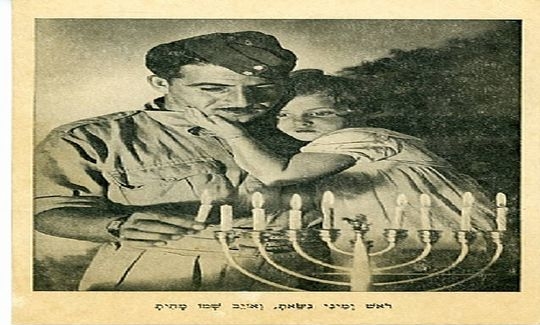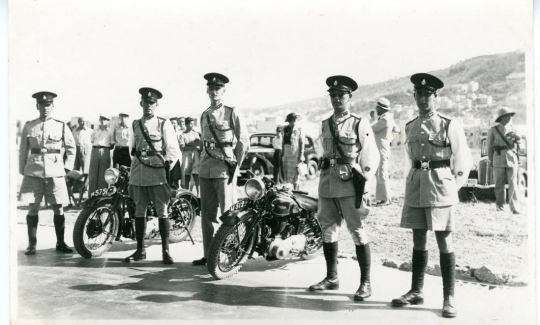On His Majesty's Service:
The Story of Haifa during the British Mandate Period 1918-1947
More info:
04-6030800The exhibition focuses on a short but very influential period in the city's history, viewed by many as Haifa's ‘golden age'. During the period of the British Mandate, Eretz Israel underwent impressive changes, in the midst of which the city of Haifa achieved unique and remarkable status. This was due, in part, both to its strategic location and to the special relationship existing among its inhabitants. This exhibition attempts to document the city's development, from its occupation by the British on September 23rd 1918 until November 29th 1947 - the day on which the United Nations Assembly voted against the British Mandate and for the establishment of two independent states, Jewish and Arab, according to a partition plan.
Two forces were involved in this process, the British and the citizens of Haifa, who created the city as it is still known to us today. These two factors are the foci of this exhibition, in two separate circles according to their different interpretations of the city. The first circle of the exhibition follows the evolution of Haifa as seen by the British during their mandate in Eretz Israel. The second circle presents items from the past that bear witness to the longing of Haifa's Jewish and Arab residents for the fulfillment of the collective myth.
From the beginning of the 20th century Haifa, its surroundings, and the bay area were a planning objective for the British. The city's importance derived, even more than its local connotations, from its centrality to the general order in the Middle East. The British Empire saw itself as representing the pinnacle of these positive aspirations - the realization of progress. Accordingly, throughout the period of the Mandate, the British intention was to consolidate the infrastructure of Eretz Israel and of Haifa in particular. Thus the first circle of the exhibition is an attempt to reconstruct the linear pattern of the Mandate regarding the city's development. This part of the exhibition shows focal events and key figures connected with how the British viewed Haifa and its surroundings, its social groups and their lifestyles.
The second circle of the exhibition deals with the relationship between Jewish and Arab. During the British Mandate, a unique economical, social and political phenomenon arose in Haifa. Diverse population groups lived together, subject to a single authority, in an atmosphere of mutual acceptance, endowing the city with a cosmopolitan and multicultural outlook. In general, the second circle of the exhibition attempts to present the multiple voices, the concepts and narratives about the relationships and cooperation between the Arabs and Jews of mandate Haifa. The exhibits are not in chronological order, but depict various aspects of life: municipal government, the labour market, trade and industry, culture and entertainment, education, as well as the design and development of the urban space. All this is documented in a broad spectrum of items dealing with daily life and reciprocal relations in order to convey a rich, positive picture of the input of Haifa's citizens to its progress.
The various aspects presented in the exhibition thus allow us to assess the specificity of the myth in constructing a collective memory of the Jews, the Arabs and the British - whose activities decided the course of events of an entire era. From this standpoint, the exhibition presents an important chapter in the national history of Eretz Israel during the British Mandate.




